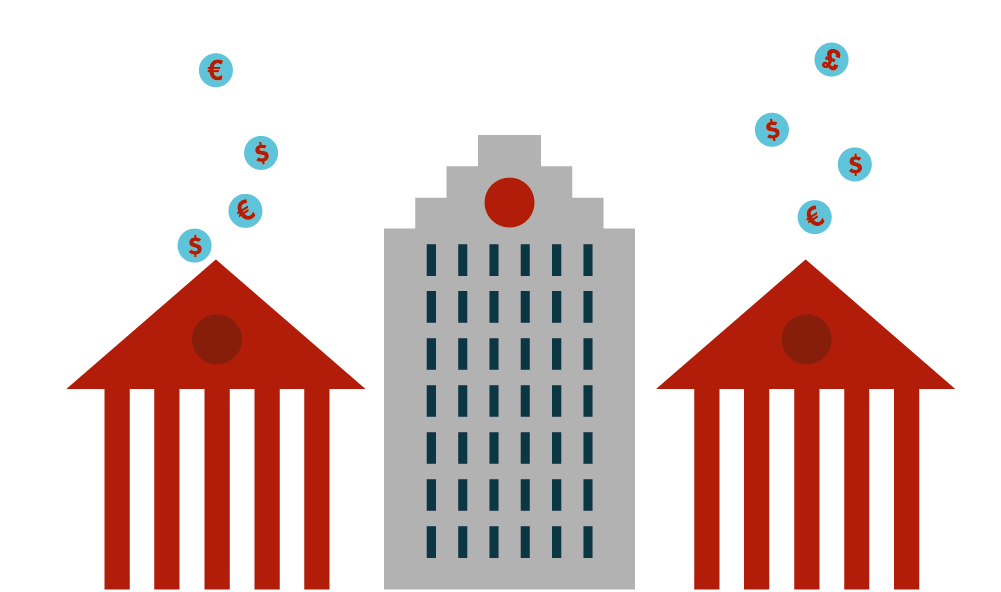ILPA releases its ESG Assessment Framework
Published on 1st December 2021
Limited partners now have a tool to measure and compare general partners' progress on ESG integration

Concepts such as "climate", "environment", "sustainability", "diversity", "governance" and "inclusion" have become commonplace in the business world. Recently, there has been a clear shift in societal consciousness with many businesses now choosing to focus on or implement policies that are mindful of environmental, social and governance (ESG) factors. Limited partners (LPs) have also started to analyse and exert more pressure on the partners they work with, scrutinising their internal ESG policies and procedures and calling for integration of ESG into business practices.
The Institutional Limited Partners Association (ILPA) has for some time sought to provide LPs and, consequently, general partners (GPs) with resources that assist them in acting in an ESG-aware manner. Examples of this include its previous release of the ESG Roadmap and the expansion of the ESG section within its Due Diligence Questionnaire.
There has been a particular focus lately on how to evaluate and understand the various stages of ESG integration among GPs. There is a growing recognition among LPs that an improved focus on ESG promotes stronger management, creates business opportunities and generates more attractive investments. ILPA's recently published ESG Assessment Framework is a resource for LPs looking to build a tool which will help them evaluate and benchmark GPs' responses to due diligence efforts, inform goal-setting conversations with GPs, and measure the progress of ESG integration over time.
Steve Nelson, chief executive officer of ILPA, summed up ILPA's rationale in respect of the ESG Assessment Framework: "LPs are looking for alignment with their managers on ESG integration and GPs are looking for clarity on what LPs expect. The framework helps solve for both of those issues: for GPs, it sets expectations on what LPs are looking for and for LPs, it provides a rubric against which they can assess and benchmark a manager during due diligence. And, over time, LPs will be able to use this information to set goals and to track a manager’s progress on ESG.”
The framework's purpose
LPs increasingly believe that improved ESG focus may not only have a positive impact on GPs' businesses, but also on the performance of their investment portfolios. LPs have therefore been seeking ways in which to assess and understand better how GPs are integrating ESG factors into their businesses, and the effectiveness of that integration.
To date, there has been little consistency across LPs in terms of approach to this complex area. The current "alphabet soup" of methods includes requiring portfolio companies to have an ESG policy in place, and the use of side letters to impose ESG standards and obligations. This patchwork of measures does not provide a benchmark standard against which to assess companies, and makes comparison across investment portfolios or GPs tricky.
Against this background, the ESG Assessment Framework aims to provide an overarching and all-encompassing ESG metric. At a basic level, the framework aims to drive best practices in responsible investing by providing a transparent and harmonious array of metrics for ESG integration practices. The framework enables LPs to assess the actions of, and engage in enhanced dialogue with, GPs, then compare findings across GPs and portfolio companies to benchmark their current position and accelerate progress toward ESG improvements.
The framework sets out relevant "activities and processes", as follows:
- policies and commitments to standards;
- governance;
- communications and reporting;
- investment process;
- responsiveness to diversity, equity and inclusion; and
- responsiveness to climate risks and opportunities.
Each activity and process is divided into four rankings: (i) not present; (ii) developing; (iii) intermediate; and (iv) advanced. The GPs' actions in relation to each activity and process are ranked, enabling their overall ESG-related conduct to be assessed. In theory, this assessment could be compared across GPs – and the ESG Assessment Framework's content will allow for this comparative evaluation.
- View the table - download
Background and development
The ESG Assessment Framework was developed with mid to large cap private equity buyout managers in mind and is, generally, not appropriate for minority investments. Although it can be used as a starting point for other asset classes, the framework may need considerable adaptation for use in those circumstances. This will particularly be the case in relation to smaller managers who are unlikely to have the financial capital or resources to be considered "intermediate" or "advanced". However, ILPA considers that use of the framework among smaller managers would still allow LPs to draw parallels amongst their peer group.
Osborne Clarke comment
As the dialogue surrounding ESG integration continues to evolve, we expect that what is considered 'best practice' will develop considerably over time. Consequently, the ESG Assessment Framework will require frequent revision and adaptation to stay relevant.
An early criticism of the framework is that it lacks specificity as to precisely what metrics GPs should measure against. This could lead to LPs receiving a barrage of differing, inconsistent information, which would undermine a key aim of the framework.
Nevertheless, ILPA has taken helpful steps in the right direction, providing LPs with tools to help them assess ESG factors throughout the entire fund lifecycle. This is likely to be an area of continued focus for ILPA, and the funds industry more generally, over the coming years.


